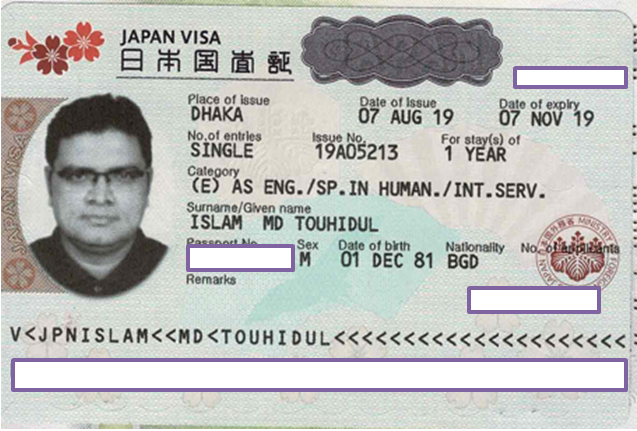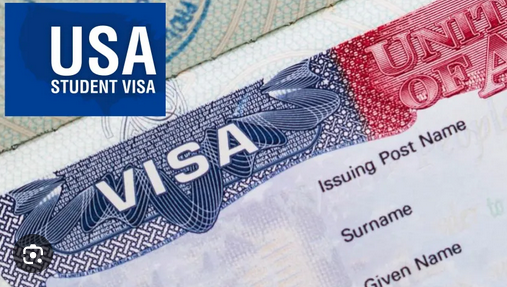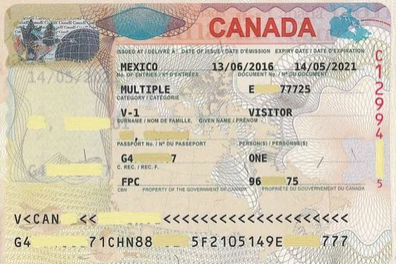To study in Japan, the USA, or Canada as an international student, you will generally need to apply for a student visa specific to each country. Here's an overview of the student visa application process for each country:
Visa for Japan:
Apply to a Japanese educational institution: First, you need to apply and get accepted into a recognized educational institution in Japan. Obtain a Certificate of Eligibility (COE): Once accepted, the institution will
help you apply for a COE through the Immigration Bureau of Japan or a regional
immigration office.
Apply for a student visa: With the COE, you can then apply for a student visa
at the Japanese embassy or consulate in your home country. You will need to submit
the COE, your passport, a completed visa application form, and other required documents.
Obtain a Certificate of Eligibility (COE): Once accepted, the institution will
help you apply for a COE through the Immigration Bureau of Japan or a regional
immigration office.
Apply for a student visa: With the COE, you can then apply for a student visa
at the Japanese embassy or consulate in your home country. You will need to submit
the COE, your passport, a completed visa application form, and other required documents.
Student Visa for the USA:
Receive acceptance from a U.S. school: After being accepted by a U.S. educational institution, you will receive a Form I-20, which is a Certificate of Eligibility
for Nonimmigrant Student Status.
Pay the SEVIS fee: Before applying for a student visa, you must pay the Student
and Exchange Visitor Information System (SEVIS) fee.
Apply for a student visa: Schedule an appointment at the U.S. embassy or consulate
in your country and complete the online visa application (Form DS-160). Attend the
visa interview with the necessary documents, including the Form I-20, SEVIS fee payment
receipt, passport, financial documents, and proof of ties to your home country.
institution, you will receive a Form I-20, which is a Certificate of Eligibility
for Nonimmigrant Student Status.
Pay the SEVIS fee: Before applying for a student visa, you must pay the Student
and Exchange Visitor Information System (SEVIS) fee.
Apply for a student visa: Schedule an appointment at the U.S. embassy or consulate
in your country and complete the online visa application (Form DS-160). Attend the
visa interview with the necessary documents, including the Form I-20, SEVIS fee payment
receipt, passport, financial documents, and proof of ties to your home country.
Student Visa for Canada:
 Receive acceptance from a Canadian institution: Get accepted into a designated learning
institution (DLI) in Canada and receive an acceptance letter.
Obtain a study permit: Apply for a study permit online or through a paper application.
You will need to provide the acceptance letter, proof of financial support, a valid passport,
and other supporting documents. Biometrics may also be required.
Receive acceptance from a Canadian institution: Get accepted into a designated learning
institution (DLI) in Canada and receive an acceptance letter.
Obtain a study permit: Apply for a study permit online or through a paper application.
You will need to provide the acceptance letter, proof of financial support, a valid passport,
and other supporting documents. Biometrics may also be required.

